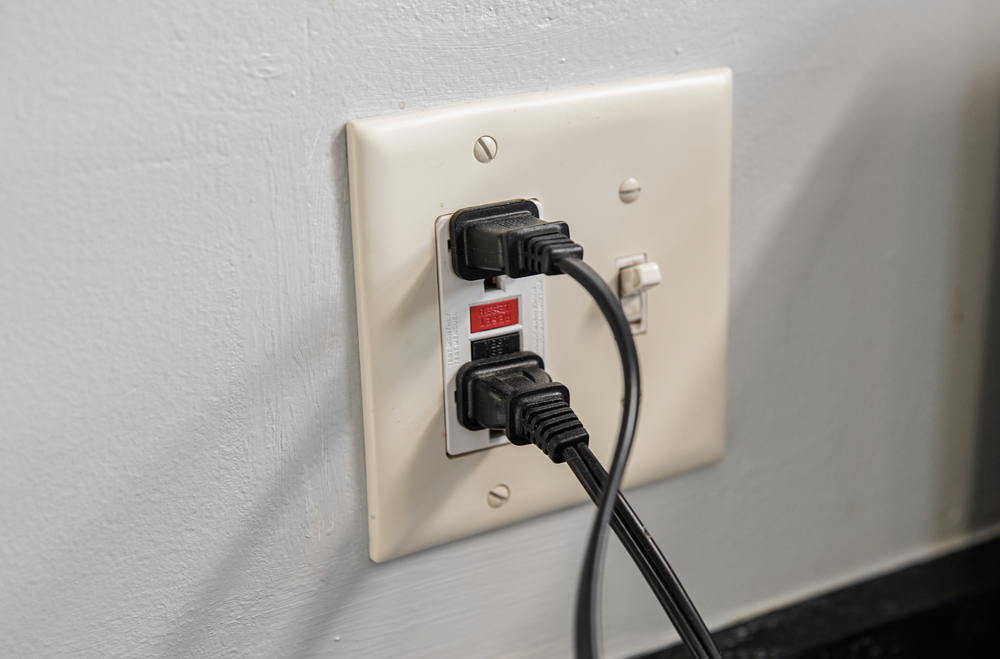Navigating electrical issues within homes can be a daunting task for many homeowners. From circuit overloads to faulty outlets and tripped breakers, these problems can cause disruptions and safety concerns. Circuit overloads occur when too many appliances draw power from a single outlet, posing fire risks. Meanwhile, tripped breakers, though protective, can halt power due to various reasons. In this guide, we’ll address these common electrical dilemmas, offering clear step-by-step troubleshooting methods. Understanding these issues and learning safe troubleshooting techniques is key to maintaining a secure and efficient electrical system in your home.
- Circuit Overloads: What You Need to Know
Definition and Causes: Circuit overloads happen when a single electrical circuit is burdened with more current than it can handle. Plugging in multiple high-wattage devices or appliances into the same circuit simultaneously is a primary cause. Overloading can lead to overheating, tripped breakers, or even electrical fires.
Signs of a Circuit Overload: Watch out for flickering lights, frequently tripping breakers, warm outlets, or a burning smell emanating from the circuit area. These could indicate an overload.
Steps to Resolve Circuit Overloads: Redistributing electrical devices across multiple circuits, unplugging unnecessary appliances, or considering an electrical panel upgrade to support higher power demands can alleviate this issue.
- Dealing with Tripped Breakers
Causes of Tripped Breakers: Tripped breakers occur due to overloaded circuits, short circuits, or ground faults. They act as a safety mechanism, cutting off power when they detect irregularities to prevent electrical hazards.
Signs of Tripped Breakers: Sudden power loss in specific areas of the house or a breaker in the “off” position in the electrical panel could signal a tripped breaker.
Resetting Tripped Breakers and Safety Measures: Locate the tripped breaker in the electrical panel, switch it off and back on. Identify and resolve the cause to prevent it from recurring. Always exercise caution and turn off power before attempting any work on the electrical panel.
III. Safety Precautions and Tips
General Safety Measures: Prioritize safety by turning off power before handling electrical components. Avoid overloading circuits, utilize surge protectors, and regularly inspect cords and outlets for signs of damage.
When to Call a Professional Electrician: If electrical issues persist or you notice scorch marks, it’s essential to seek professional assistance. Attempting complex repairs without expertise can be dangerous.
Preventative Maintenance Tips: Perform routine checks on electrical components, refrain from using damaged cords or appliances, and consider scheduling periodic electrical inspections to ensure your home’s safety.
- Conclusion
Being proactive in addressing common electrical problems is crucial for the safety and functionality of your home. However, safety should always take precedence. If you’re uncomfortable handling electrical issues or encounter persistent problems, it’s advisable to consult a certified electrician for professional assistance. By staying vigilant and taking necessary precautions, you can maintain a safe and efficient electrical system in your home.

